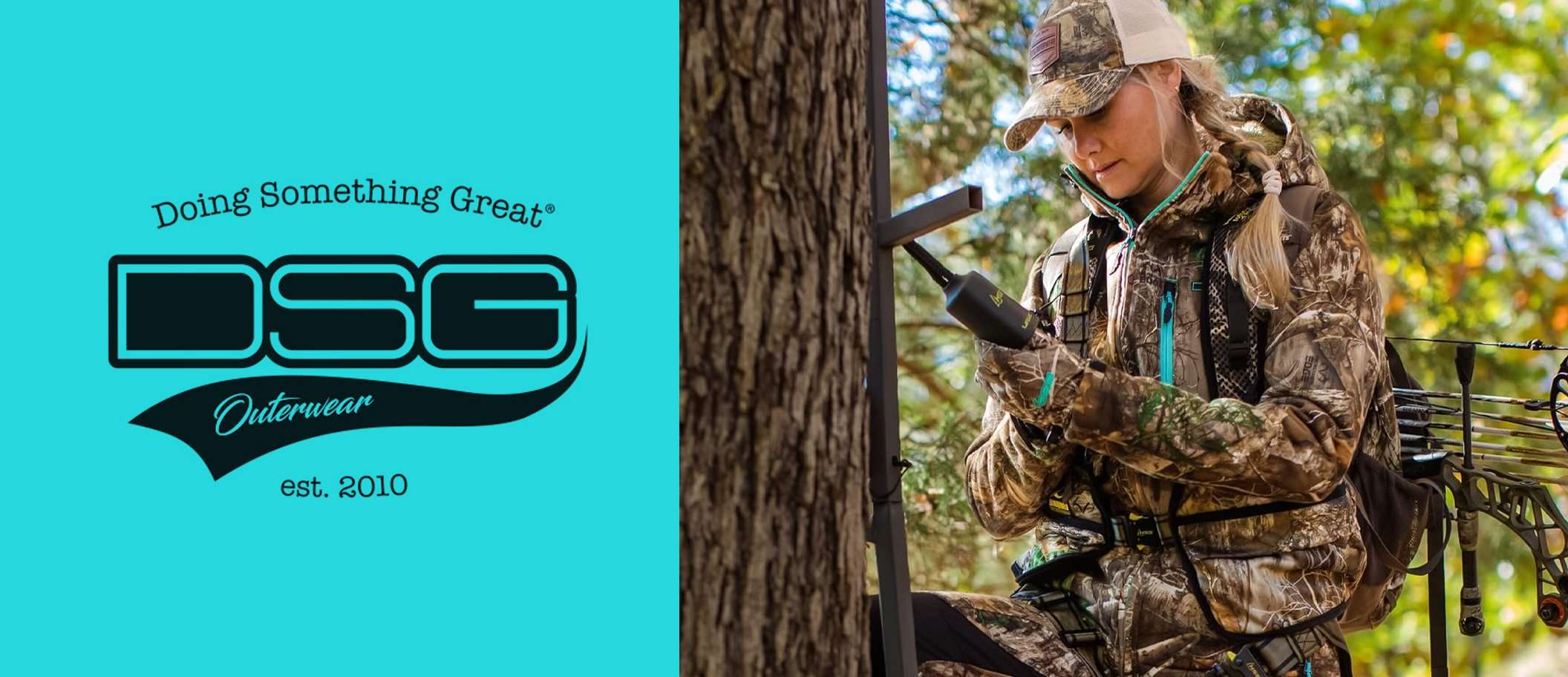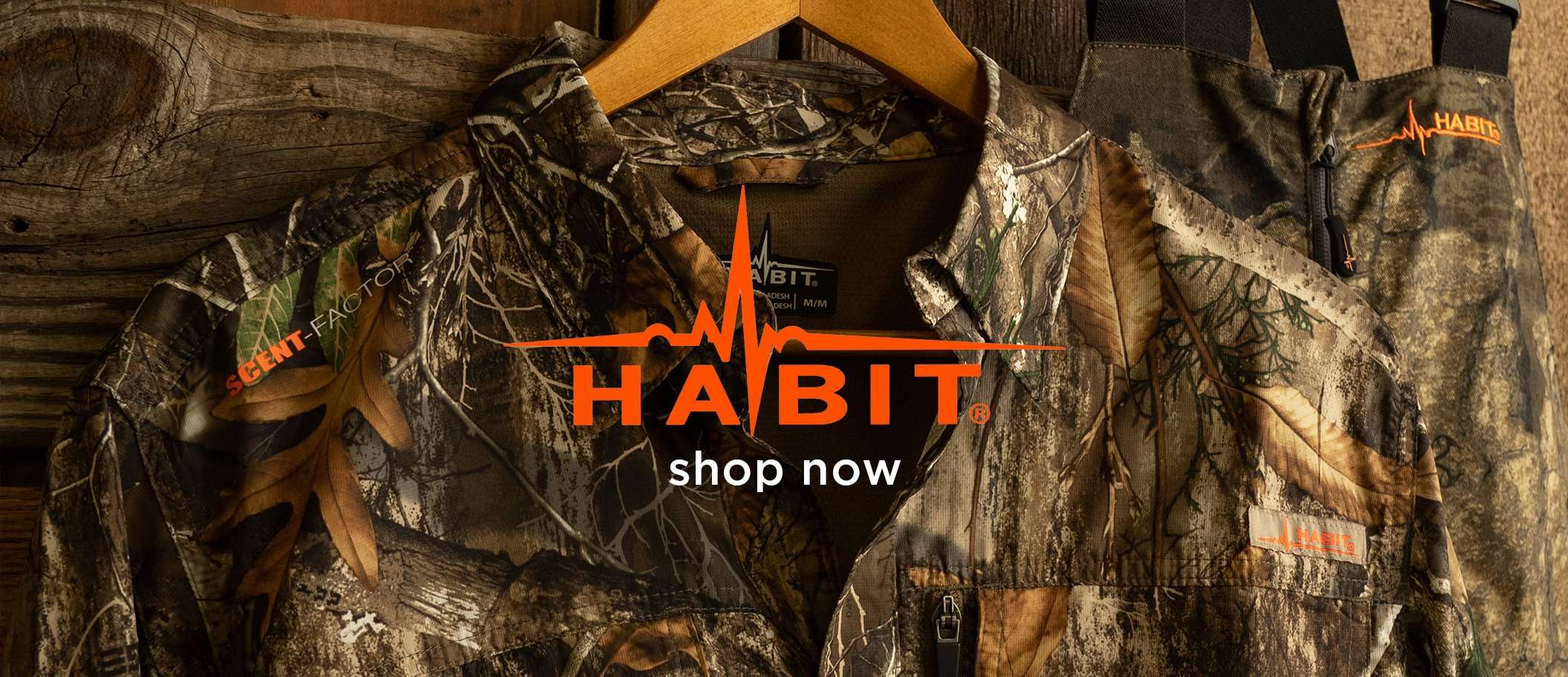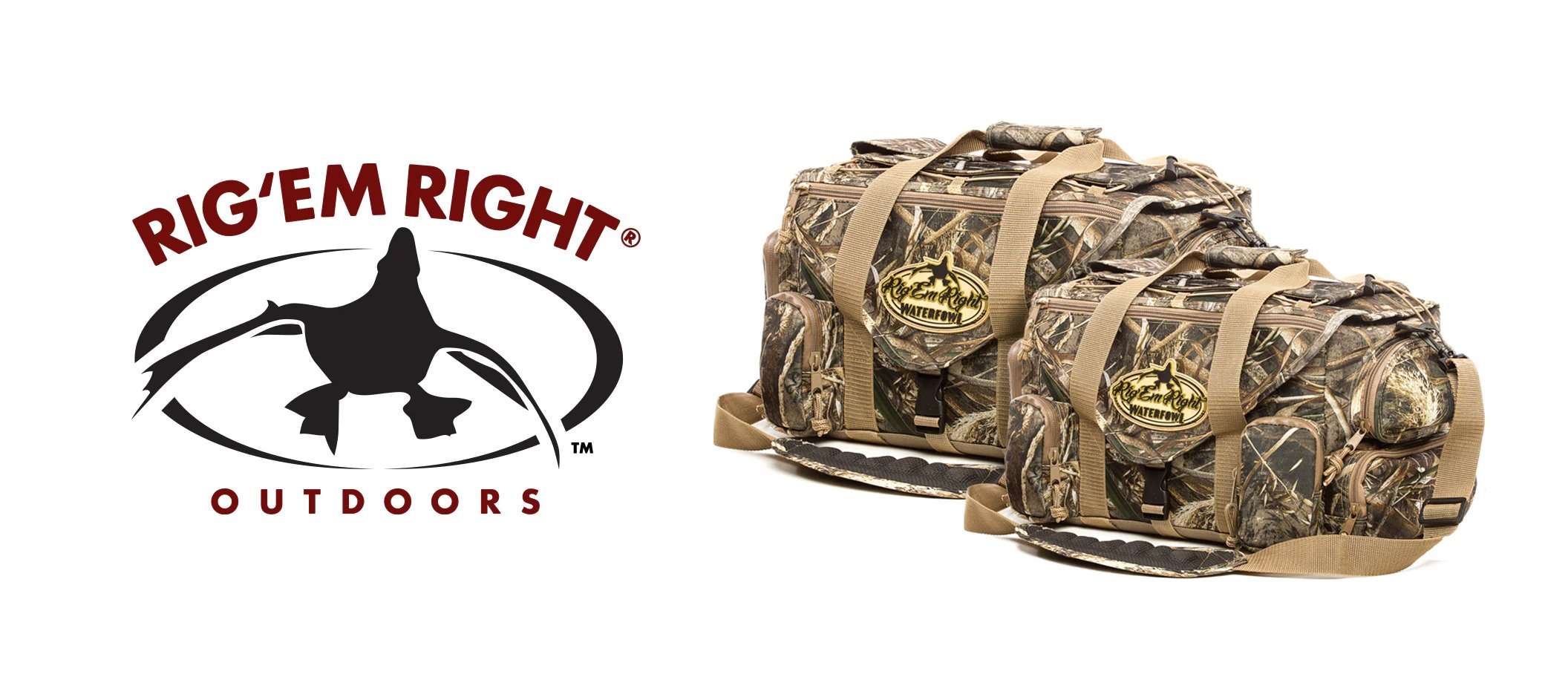35,600
Duck Statewide Harvest
10,000
Goose Statewide Harvest
5,200
No. Waterfowl Licenses Sold Annually
10.1
Ducks Per Hunter
3.6
Geese Per Hunter
$39.50
Cost of Resident Waterfowl Hunting License
$15
Cost of Resident State Stamps and Permits
$25
Federal Duck Stamp
$199.50; three-day small-game $75
Cost of Non-Resident Waterfowl Hunting License
$15
Cost of Non-Resident State Stamps and Permits
$25
Federal Duck Stamp
The nation's second-smallest state has a rich waterfowling tradition and still offers some great opportunities.
Part of the Delmarva Peninsula (comprised by most of Delaware and portions of Maryland and Virginia), the state is bordered to the east by the Delaware River and Delaware Bay, one of the most important waterfowl wintering areas in North America. However, the watershed has suffered widespread habitat loss and degradation because of land-conversion and land-management practices.
Delaware hunters shoot good numbers of mallards, wood ducks, greenwings and black ducks. Honkers dominate the goose harvest, though the state features good opportunities for greater snow geese during the spring conservation season.
Top destinations include Bombay Hook National Wildlife Refuge, an almost 16,000-acre property with one of the largest remaining expanses of tidal salt marsh in the mid-Atlantic. Bombay Hook is a major stopover for waterfowl, including many puddle ducks, Canada geese and greater snow geese. In fact, more than 300,000 greater snows have been reported some years at the refuge, and biologists are concerned about the birds damaging area marshlands.
Prime Hook National Wildlife Refuge is another popular spot. The 10,144-acre area is an important area for migrating waterfowl. It includes ponds, impoundments, and salt and freshwater marshes.
— Compiled and written by Brian Lovett














